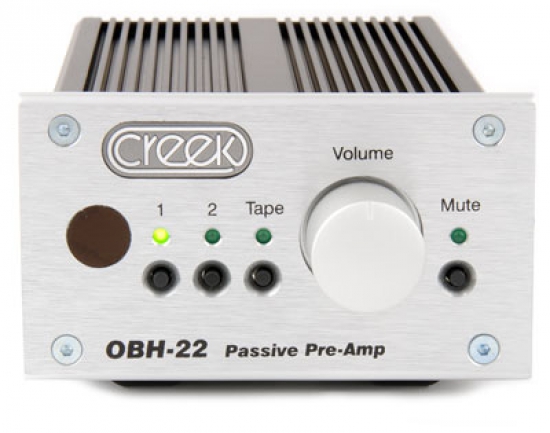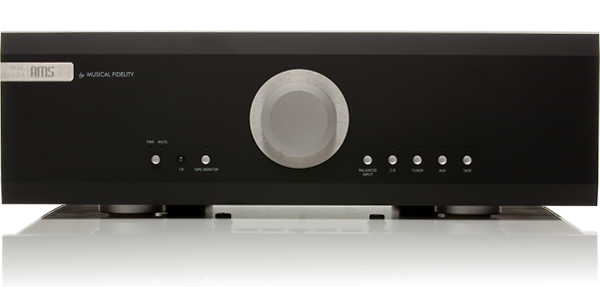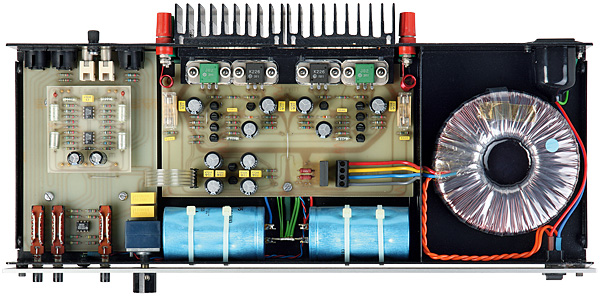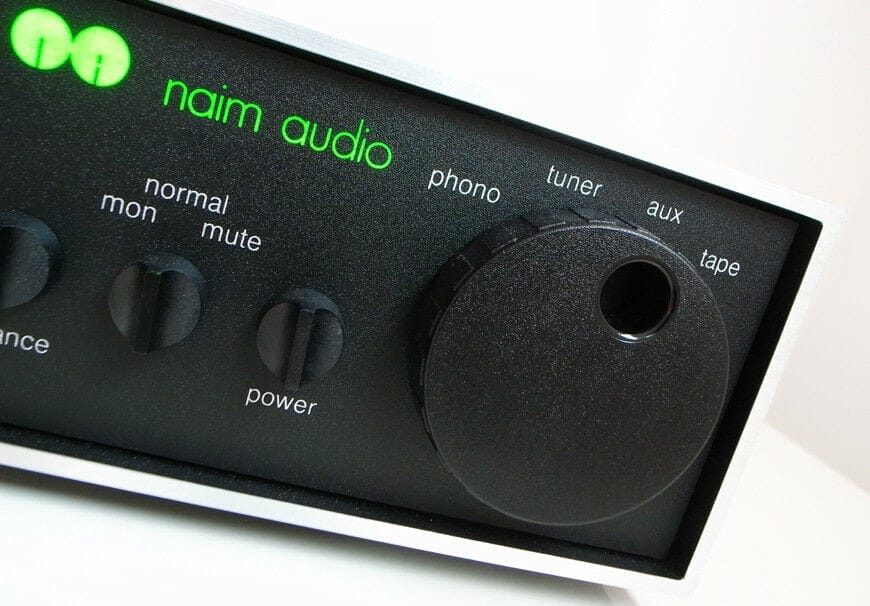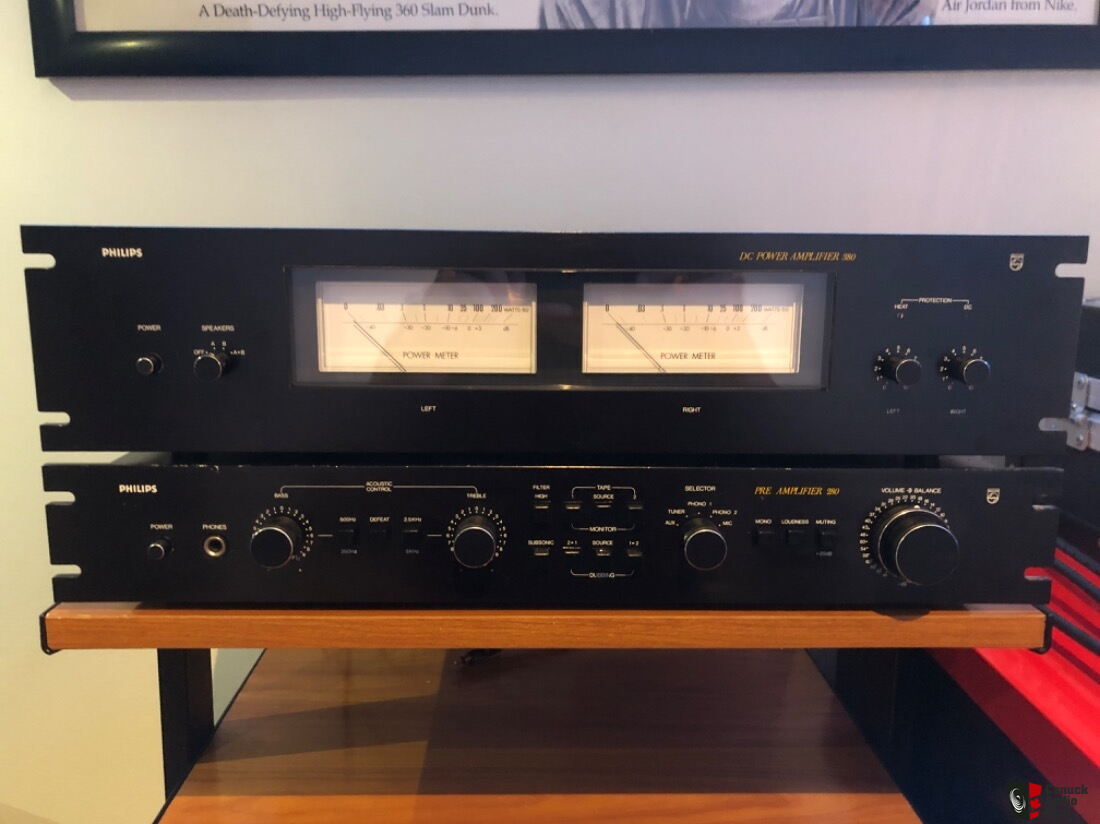A passive preamplifier is simple to construct; I’ve built several. Purchase a 50k ohm potentiometer from RS Components or a similar company, connect it to four phono connectors, and, if you’re feeling brave, mount it in a box with a knob! You can get great results for cheap, which makes you question why some people spend tens of thousands on preamps. Even so, when played through a decent system, the results aren’t quite as remarkable. That’s why, back in 2003, many people thought Creek’s (then) new OBH-22 was worth £299…
It’s a supercharged passive preamp, the Rolls Royce of passives. Given that there are currently some really costly transformer-based designs on the market, you might as well call it the Ford Mondeo Ghia. The Creek begins with a high-quality motorized volume potentiometer, then adds basic input selection through two stereo relays, as well as a tape loop and a muting relay that can short the signals to ground — all of which can be controlled remotely. This is why it requires the OBH-1 power supply, which is included, as well as Creek’s SRC1 system remote handset. After a brief period of non-use, the built-in microprocessor that controls everything goes to sleep to avoid interfering with the signal.
To use the OBH-22 as a simple system volume control, you don’t need any power or even the remote, albeit input 1 will only work if you do so. Because the merits of a passive pre include simplicity and little size, I tended to operate it this way. The teeny Creek, when used in basic mode, provides both – it’s small, measuring 150x100x66mm and weighing only 610g. It’s neatly finished and doesn’t feel cheap, but it’s not exactly a fancy or glamorous piece of furniture to have in your listening room. In terms of appearances, only its mother could adore them!
The Creek’s sound, on the other hand, reaches new heights of beauty. It’s a fantastic performer, and there was nothing on the market at the time that I’d heard of that could match it at or even come close to the price. For years, I had one in my system, and it would routinely slaughter any new active preamplifiers that came along. It was simply incredibly clean and open, with little interference with what was fed in. Because it’s so fantastic, it’s simpler to discuss how it tarnishes the sound than than what it gets right – which is pretty much everything.
The biggest disadvantage is that it creates a sensation of tone ‘greyness,’ which also flattens dynamics and diminishes depth perspective. All of these impacts are subtle, and everything else is left untouched, especially the timing and low-level detail. The result is a preamp that is quick, crisp, open, and well-defined, making listening enjoyable. It also makes almost all active preamps sound a little too colorful, plump, harsh, and/or character-filled for their own good. The Townshend Allegri and the MF Audio Passive Pre are the only preamplifiers I’ve heard that perform significantly better, and they’re both significantly more expensive.
For two reasons, Creek’s OBH-22 is becoming increasingly disregarded these days. First, it’s not very attractive to look at, and second, no one seems to want to look at an amplifier unless it has a DAC. However, if you need anything to feed your power amplifier – as long as its sensitivity is high enough to be fed directly from the source – I can’t think of many devices that produce better sound per pound. On eBay, a mint, packaged copy should cost roughly £200. They’re quite scarce on the ground, so those who have them are certainly clinging to them!

